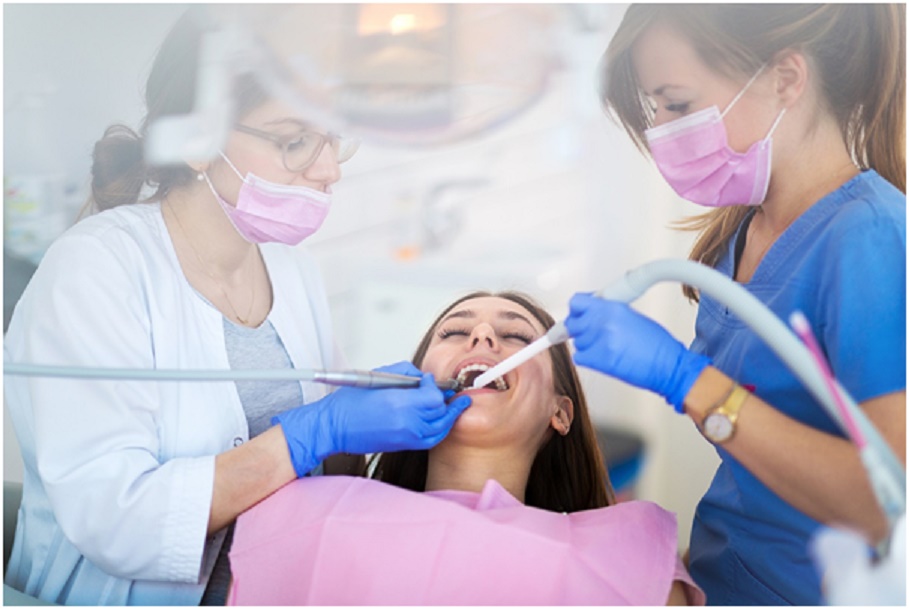When you want to have oral implants fitted, it can be a disheartening experience if your dental team informs you that you do not have the correct amount of bone needed.
As oral implants are fitted directly to either the upper or lower jawbone, it is pivotal for long-term success that each patient has a jawbone which is thick enough, undamaged and strong.
Why is this important? Because chewing puts pressure onto the implant and, if your jawbone is not dense enough, this simple action can cause the implant to come loose or fall out in extreme cases. However, when it comes to fitting oral implants, thanks to advances in dental techniques, there are options available for patients whose jaws are weaker.
In order to create a solid base for your implants, your dental team may suggest bone grafting. While this idea may initially make you shudder, don’t be fooled. Bone grafting is practiced in many dental surgeries that fit oral implants, such as High Dental Implants Melbourne and it can truly make a difference to the success of your implants!
Want to learn more about bone grafting? Read on for answers to the most frequently searched questions about the procedure.
Why would I need to have my bone grafted?
During your initial implant assessment, your dental team will take X-rays of your jaw to assess suitability for implants.
If your jawbone is too thin, damaged or receded, your team may suggest bone grafting as a way to improve the success of your oral implants.
What causes jawbone loss?
Jawbone loss occurs due to several factors but is often the result of oral extractions, which causes the bone to recede. It has been theorised that during the first year post-extraction, your jawbone may lose up to 25% of its volume.
How does bone grafting help?
When you attend a dental surgery asking about the possibility of implants, their team may suggest bone grafting to build up the density and thickness of your jaw prior to fitting implants. You need at least 2mm of bone in front and behind an implant to increase its security, so grafting is a simple way to ensure this occurs.
Are there different types of bone grafting?
Yes, there are.
At surgeries which offer the possibility of oral implants, you may be offered one of four bone grafting options.
An ‘autograft’ involves the dental surgeon using bone from either your chin, shin or hip, which reduces the risk of rejection. Less common is an ‘allograft’, which is a sterile bone that comes from another human. Thirdly, your team may decide that a ‘xenograft’ is more suitable given the amount of grafting required; this comes from an animal source such as a cow. And finally, you may be able to have a synthetic bone graft, known as an ‘alloplastic’.
What is the success rate?

Regardless of the type of bone graft, the success rate is between 90-95%, provided your dental team is experienced in performing this procedure.
DISCLAIMER All dental treatments carry potential risks. Contact your local dental team for more information about the procedures mentioned in this article.









